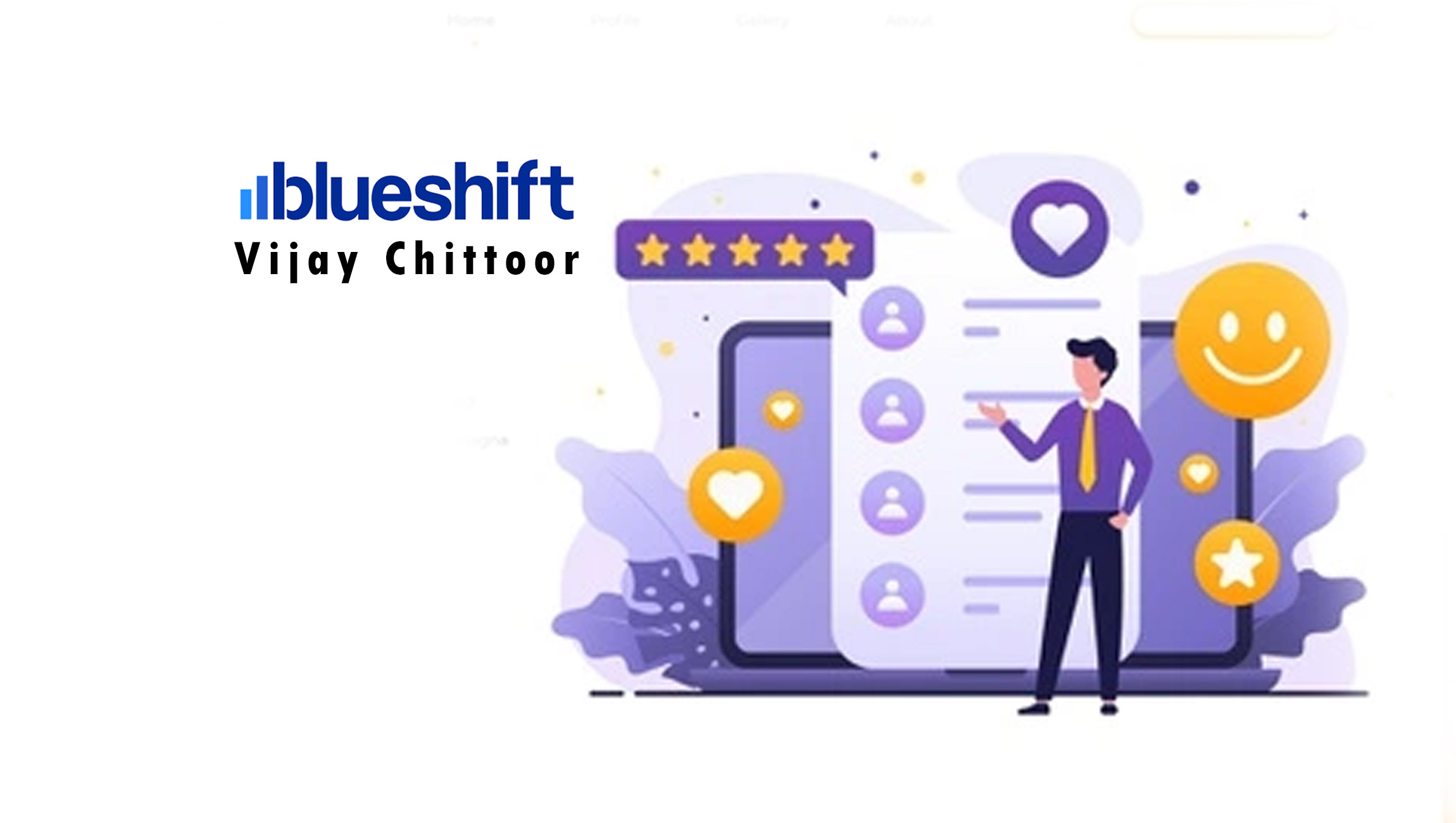The world of marketing has been significantly evolving at a rapid pace — digital transformation accelerated during the pandemic, creating more and more digitally connected channels, and ever-expanding volumes of real-time data. In this connected world, customers increasingly expected the promise of more relevant, personalized, and integrated experiences, and brand marketers made claims they could deliver results.
Yet, these expectations have proven to produce more talk than action. Until now.
In 2022, there are three much-talked-about trends and predictions from the past several years that are coming to fruition, at last. And the promise of a truly unified customer experience will become a reality for marketers who are ready to adapt and embrace the changing landscape.
Marketing Technology News: Semperis Extends Active Directory Protection With Expansion Into Australia and New Zealand
1. The rise of marketing becoming an extension of the customer experience
For many years, marketing has been on the periphery of a brand’s core customer experience (CX). When brands think of CX, they traditionally think of service and support functions, the store/branch experience, and the digital product experience. Marketing’s role was often limited to focusing on marketing channels (email, direct mail, paid media, etc.), and optimizing them using marketing channel data (ad impressions, email clicks, etc.). In such a limited role, marketers were not expected to either understand the fullness of each customer’s experience with the brand, or to extend that experience to marketing channels.
However in 2022, marketers will be more intertwined with the omnichannel customer experience and they will be tasked with treating every marketing interaction as a “next-best experience” interaction.
Why now: COVID has accelerated digital transformation, and all the CX touchpoints (including human-assisted channels) are now digitally connected, clearing the way for the seamless flow of data. This “CX data” can now be more intelligently used to drive cross-channel marketing decisions, leveraging programmatic delivery. Marketers can finally focus on intelligent customer-centric decisions, rather than simply getting campaigns out the door.
What to do: Marketers will now have to broaden their lens and think about optimizing the customer experience by leveraging the entirety of customer experience data. Focus less on “What email do I send out tomorrow?” (channel-centric), and more on “What do I know about this customer’s experience with the brand, and how can I extend that experience?” (customer-centric). Marketing organizations will need to build stronger connections with other functions that play a role in the customer journey, including customer support, digital product, sales, and more.
2.The value of MadTech (convergence of MarTech and AdTech) will finally be realized, fueling greater focus on lifetime value (LTV) of advertising spend and first-party data
First coined in 2015, the term MadTech describes the convergence of digital advertising technology and marketing technology.This fusion held the promise of helping companies deliver a unified, consistent, and personalized experience across all touchpoints. The world of AdTech has focused on “acquisition” at the top of the funnel, whereas the focus for MarTech has been around lifecycle marketing or “retention”. Acquisition advertisers would typically focus on data or audience segments compiled by third parties for targeting their advertising campaigns, while retention marketers would focus on the “customer list”. Acquisition marketers would take a short-term view of their “return on ad spend” (ROAS), by looking at conversion metrics, and the retention marketers would take the customer lifecycle view of everything that happened post conversion. The two teams could comfortably operate separately in this traditional model, and their respective technology solutions could operate in the “MarTech” or “AdTech” silos.
In 2022, brands can more easily take a complete lifecycle approach to advertising, and gain a clearer understanding of the Lifetime Value (LTV) of advertising spend.
Why now: Three big changes are forcing marketers to rethink this model. First, privacy regulations across the world have impacted how third-party data gets packaged and resold. This has resulted in AdTech DMPs changing their course or shutting down completely. Second, marketers are increasingly accessing and analyzing their own first-party data about customers, and activating that data to target ads. Customer Data Platforms (CDPs) have been instrumental in providing marketers with this visibility and actionability. Finally, with a new wave of CDPs that act as a Marketing Hub, it’s easier than ever for marketers to orchestrate paid and owned marketing channels in a single platform.
What to do: With the death of the third-party cookie, marketers need to focus on first-party data, and leverage it for ad targeting. Even if marketers start off with less precise data at the top of the funnel, they can create a positive flywheel that leads to better results across the entire customer journey, through a tighter integration between paid media advertising, consent-driven progressive profiling, and lifecycle marketing efforts. This integrated approach also opens up opportunities for marketing teams to measure the impact of paid media ads across the full lifecycle of the customer, using control versus holdout experiments.
3. The power of real-time engagement boosted by AI technologies that align customer insights with marketing execution
In today’s digitally connected world, customers expect brands to understand their needs and engage with them in real-time. However, even though there’s been the promise of real-time, the actual delivery was much different. The customer insights team would analyze customers in a batch mode, and share key insights with marketing execution teams, who would then launch campaigns in a batch mode to act on these insights.
Why now? AI has proven to be a powerful marketing tool and plays a critical role in the success of marketing campaigns. In fact, 61% of marketers say that AI is the most important aspect of their data strategy. Now, AI technologies also make it possible for the first time to understand customer intent in real-time. A key enabler for AI is the ever increasing amount of data that’s being collected in real-time through digital customer experience touchpoints which streamlines the buyer journey.
What to do: Marketers will need to embrace AI-driven automation, leveraging real-time data. Customer insights and marketing execution teams can accomplish this by unifying around shared goals that help customers progress in their journey faster than ever through helpful nudges. Marketing organizations must also combine marketing storytelling skills with AI-enabled decision making at scale so they can keep that 1:1 engagement entact for all customers, regardless of how many they have.
Overall, 2022 will be like a perfect storm, when all the elements come together to finally deliver unified experiences to customers that meet — and can exceed — their expectations. It’s an exciting time to be a marketer!
Marketing Technology News: MarTech Interview with Stacy Adams, Head of Marketing at Vyond











